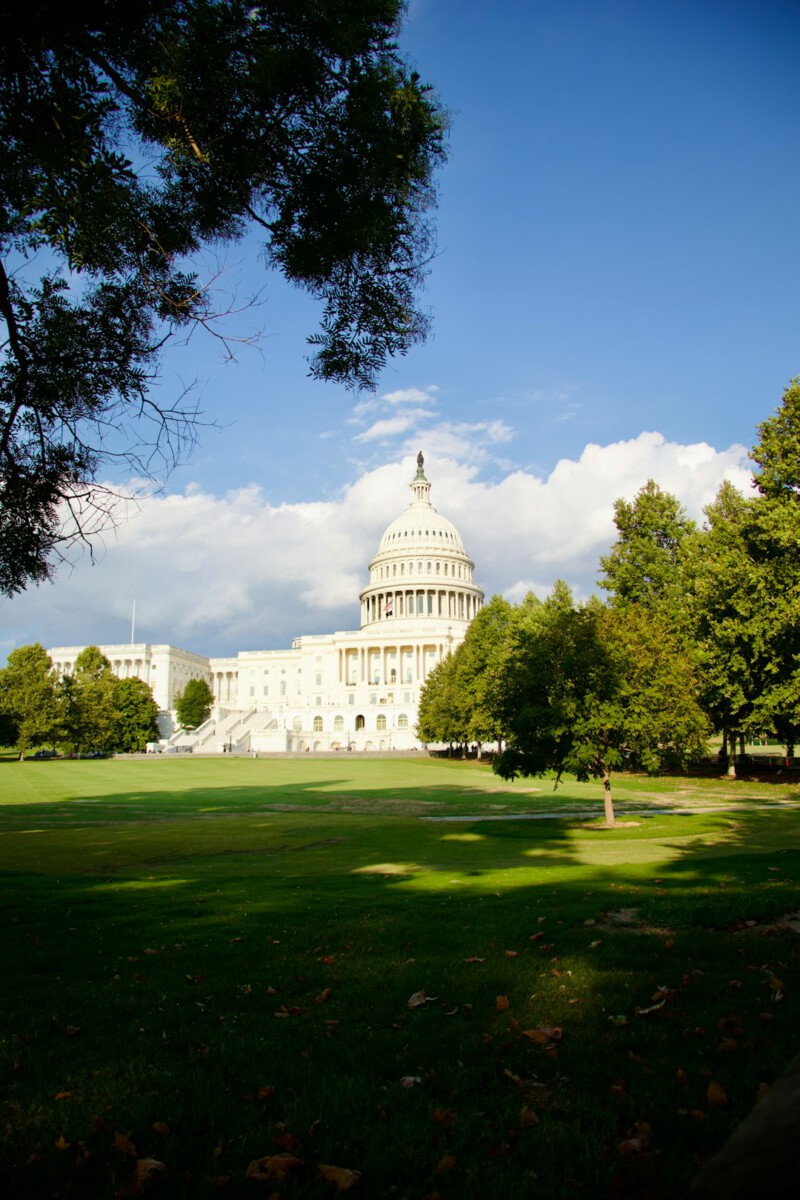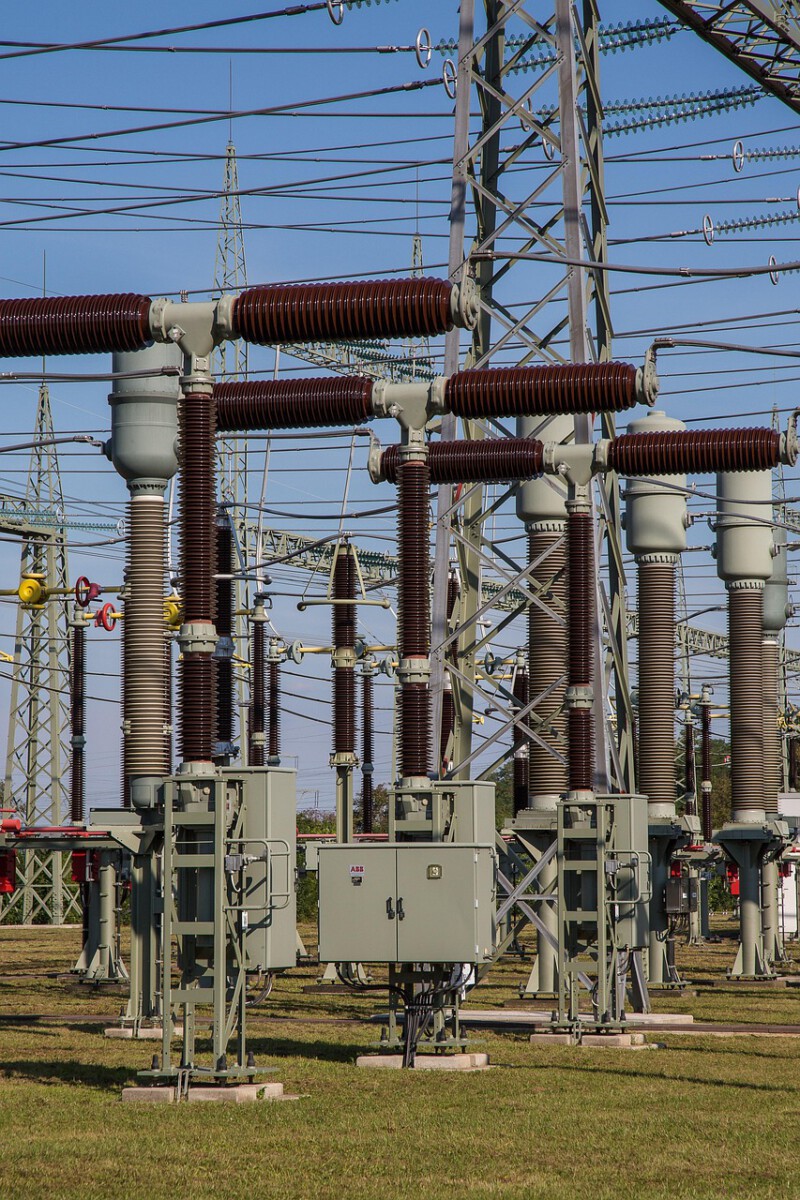The Sudden Start of Reductions in Force (Image Credits: Unsplash)
Washington, D.C. – Tension hangs heavy in the capital as the government shutdown stretches into its tenth day, with federal employees staring down uncertain futures under dim office lights that flicker like the fading hopes of stability.
The Sudden Start of Reductions in Force
Imagine showing up to work only to find your position vanishing overnight. That’s the harsh reality hitting thousands of federal workers right now. The Trump administration kicked off a series of “reductions in force,” or RIFs, on Friday, catching many off guard amid the ongoing funding impasse.
Office of Management and Budget Director Russell Vought announced the moves bluntly on social media, signaling that these aren’t temporary furloughs but potentially permanent cuts. Early reports suggest the layoffs target non-essential roles across multiple agencies, aiming to streamline what the administration calls bloated bureaucracy.
Why Now? Tying Layoffs to the Shutdown Drama
This timing isn’t random. With Congress locked in partisan gridlock over budget talks, the White House sees an opportunity to advance its agenda without immediate pushback. President Trump has long criticized the size of the federal workforce, and this shutdown provides the perfect storm to act.
Critics argue it’s a power play, using the crisis to sidestep normal procedures for firing civil servants. Supporters, however, praise it as bold leadership to make government leaner and more accountable to taxpayers.
Union leaders are already mobilizing, vowing legal challenges that could drag this out for months.
Scale of the Cuts: Numbers That Shock
We’re talking big numbers here. Announcements point to around 300,000 civil service positions affected overall this year, with tens of thousands more potentially joining the ranks this week alone. By mid-summer, trackers had already noted over 128,000 workers laid off or on the chopping block.
These include buyouts and planned reductions that add up to about 12% of the 2.4 million civilian federal employees. Agencies like those handling efficiency reforms are leading the charge, shutting down programs deemed unnecessary.
Impacts Rippling Through Agencies and Families
Families are feeling the pinch first. A veteran administrator in Virginia might lose her steady paycheck just as holiday plans loom. Communities near federal hubs, from Maryland to California, could see local economies wobble as spending drops.
On the agency side, essential services might hold, but delays in everything from environmental reviews to veterans’ benefits are likely. Some experts warn this could degrade core government functions, violating laws that mandate certain operations.
Project 2025 Shadows: The Bigger Picture
This isn’t coming out of nowhere. Echoes of the conservative blueprint known as Project 2025 resonate loudly, with its calls to overhaul the bureaucracy by replacing career experts with political appointees. The administration’s Department of Government Efficiency is driving much of this, fulfilling promises to shrink Washington’s footprint.
Yet resistance builds. Lawsuits from groups like the Center on Budget and Policy Priorities claim these mass firings break federal protections and could end vital programs Congress intended to keep alive.
What’s Ahead: Shutdown Endgame and Legal Fights
Looking forward, the path is murky. If funding talks collapse further, more RIF notices could fly, deepening the chaos. On the flip side, a quick deal might pause the layoffs, though many cuts seem locked in.
Here’s a quick breakdown of key players in this saga:
- White House/OMB: Pushing the efficiency agenda, led by Vought.
- Unions like AFGE: Fighting back with court battles.
- Congress: Deadlocked on spending bills, holding the keys to resolution.
- Trackers (CNN, NYT): Monitoring the human toll in real time.
Key Takeaways
- Layoffs are accelerating during the shutdown, targeting up to 300,000 jobs.
- This aligns with broader reforms to downsize government, but faces legal hurdles.
- Federal workers and agencies brace for long-term disruptions.
As this unfolds, one thing stands clear: the federal workforce is undergoing its biggest shakeup in decades, reshaping how America governs itself. What do you think this means for the future of public service? Share your thoughts in the comments below.







